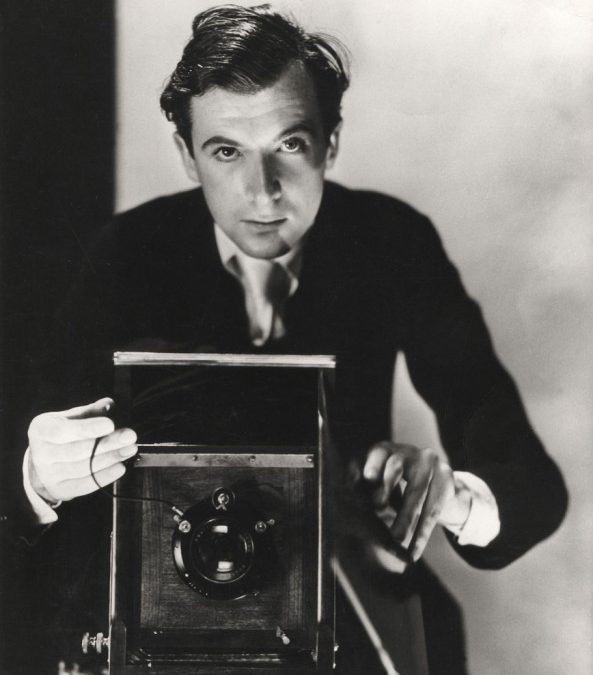
Winged Squadrons: The RAF and the War Photographs of Cecil Beaton
“Here is something entirely new and dynamic, and yet still almost as mysterious and inexplicable as death itself. Never before have battles been fought six miles above the surface of the earth at a speed of over three hundred miles an hour… A new mould of men has been cast. The feats of their bravery haunt of, they baffle us, and satisfy completely the spirit of romantic daring inherent in our island race. Perhaps this British aptitude for flying is part of the sailing tradition and the feeling for freedom and adventure that is a heritage from Drake. Maybe there is a natural sequence from sea to air, and the Englishman who enjoyed drifting along with the breezes in his boat at four knots an hour is the father of the boy who now wishes to beat the winds in his Hurricane” – Cecil Beaton, preface to Winged Squadrons (1942).
Before the Second World War, Cecil Beaton (1904–1980) had been a glamorous society photographer, responsible for some of the most striking portraits of the 1920s and 30s. At the outbreak of hostilities he turned his considerable talent to the service of the Allied cause and became one of the most influential photographers of the war, with his lens largely shaping public perception of the conflict. His portraits of Winston Churchill and the Queen boosted morale at home, and a photo of a child injured during the Blitz “was said to have influenced American feeling concerning the war more than any other picture” (ODNB) when it appeared on the cover of Life magazine in 1940. Even more importantly, he traveled around the world photographing and interviewing fighting men and women, and “By his courage and dedicated approach he earned the respect of the three services” (ODNB).
One of the six books that resulted from Beaton’s war photography was Winged Squadrons, for which he visited two dozen air bases, recording the lives of RAF men in photos and moving prose. We recently acquired a unique item – Beaton’s working maquette (SOLD) for this book:
A maquette is a bit like a draft, or model, of a book used during the editing and design process, and can tell us a great deal about the circumstances of a book’s production. This one includes the entire text in draft form, with numerous annotations in ink by Beaton himself:
Corrections made during editing reveal Beaton’s thought processes, and how his ideas about the content and structure of the book changed as he worked. Passages that have been deleted in blue and red pencil by the official censor demonstrate just how closely the author worked with the airmen, with details such as the following in brackets being cut, “So that they shall not be located by their radio, the bombers seldom break wireless silence on the outward journey, ”. In another example below, sensitive information about foreign targets is excised:
Twelve photographs are included with the maquette, and all are stamped and numbered in ink on the verso by Beaton’s studio, along with pencil and ink notes related to their use in the book. All the photographs were also stamped as “approved” by the Press & Censorship Bureau during September 1941 and January 1942. Each appears in the final book, and it is possible to compare the full-sized photos of the maquette with the cropped images in the final version–in one case a photo has been altered to hide pin-ups on the wall of an airman’s bunk. Below, the original photo before cropping:
A portion of another photograph has been whited out, possibly for security reasons, a correction just visible in the printed version:
Below, more of the original photographs included with the maquette:
The maquette is held loosely between two boards, the cover with a handwritten title. This can be seen in the image below, together with a first edition of the final book and the folding case that they are housed in:
For more on Cecil Beaton:
- The Imperial War Museum is hosting a major new exhibition, Cecil Beaton – Theatre of War, which will include 250 of Beaton’s wartime photographs as well as films, drawings, and diaries. There is a preview at Londonist and The Guardian has a slideshow of images from the exhibition.
- Beaton is best known for his portraits of the Royal Family, particularly Queen Elizabeth II. To celebrate the Diamond Jubilee the V&A hosted an exhibition of these images, which is now on tour. There is a related video at the BBC website, and another slideshow at The Guardian.
- Visit our online shop to see more first editions and signed books by Cecil Beaton. If you have any Cecil Beaton items that you’d like to sell, please contact us.

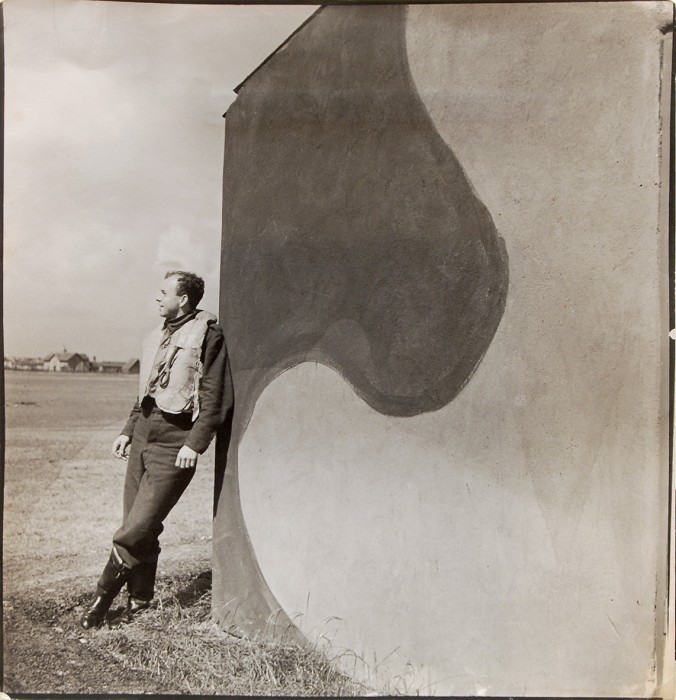
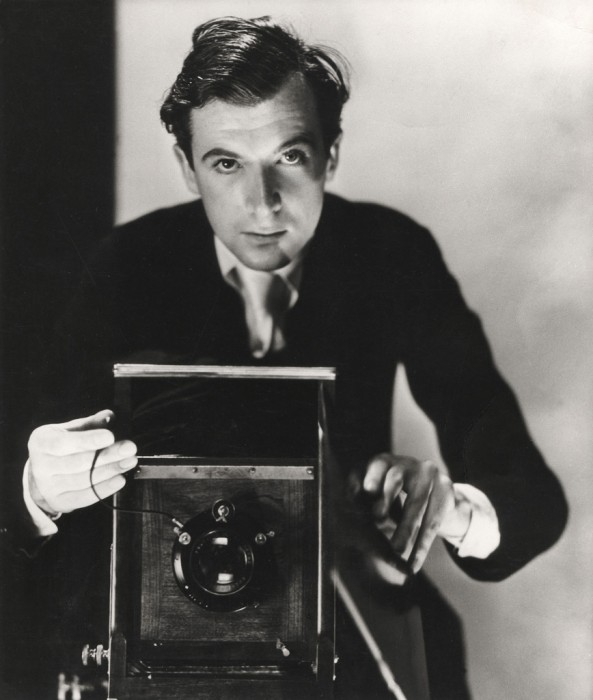
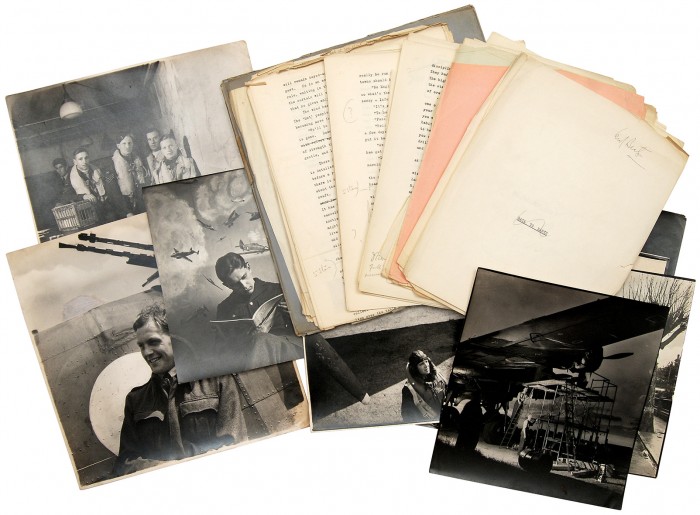
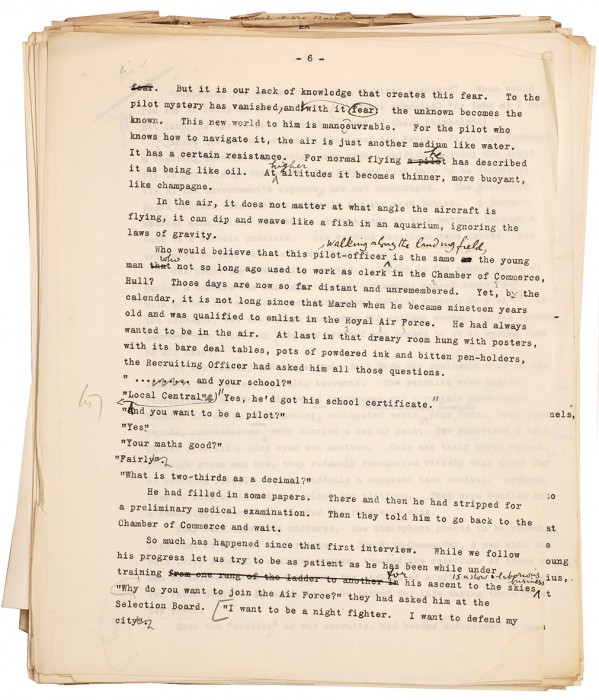
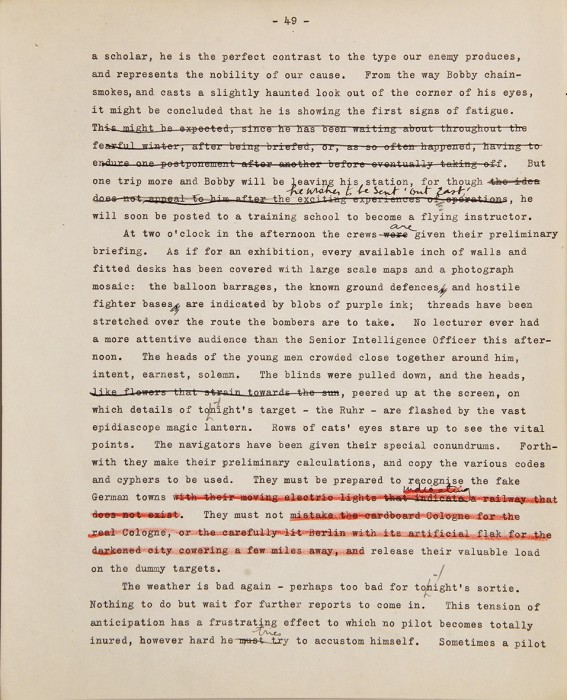
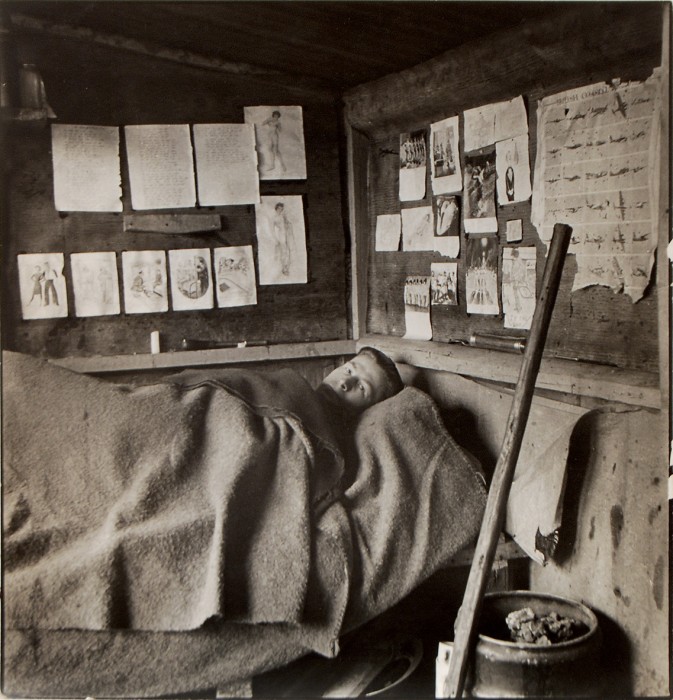
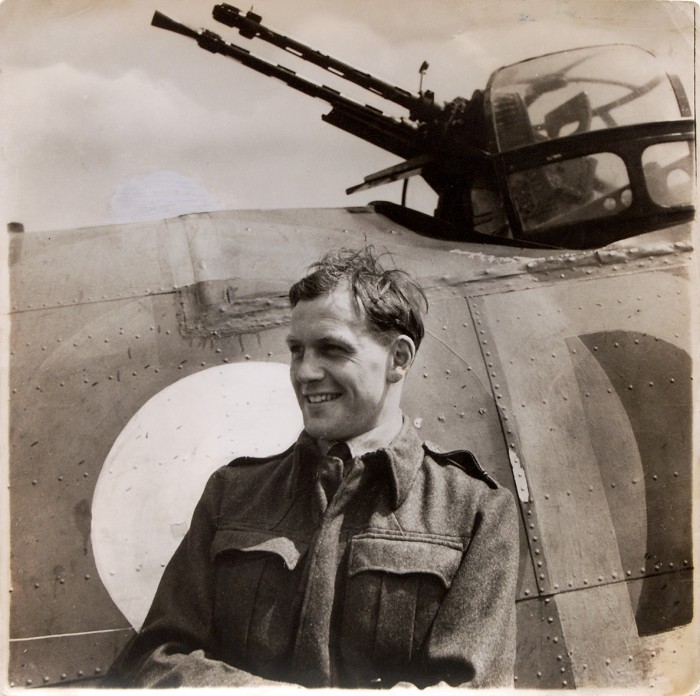
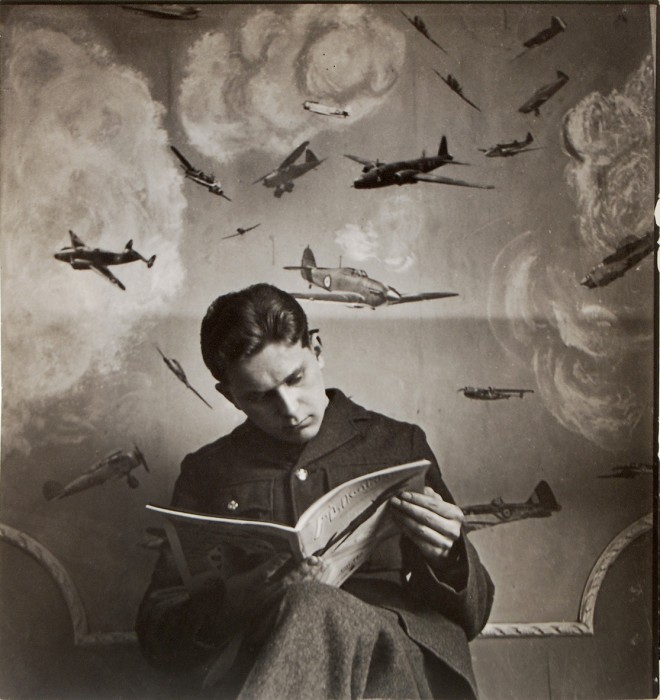
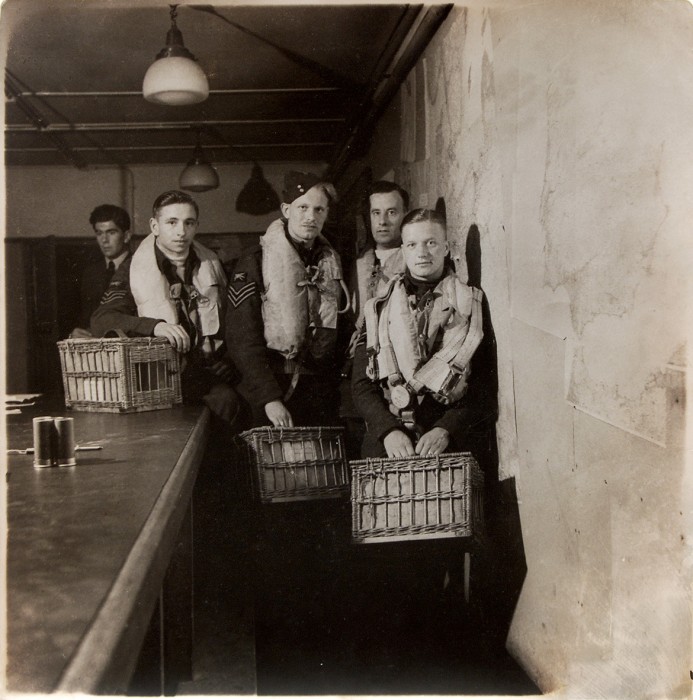
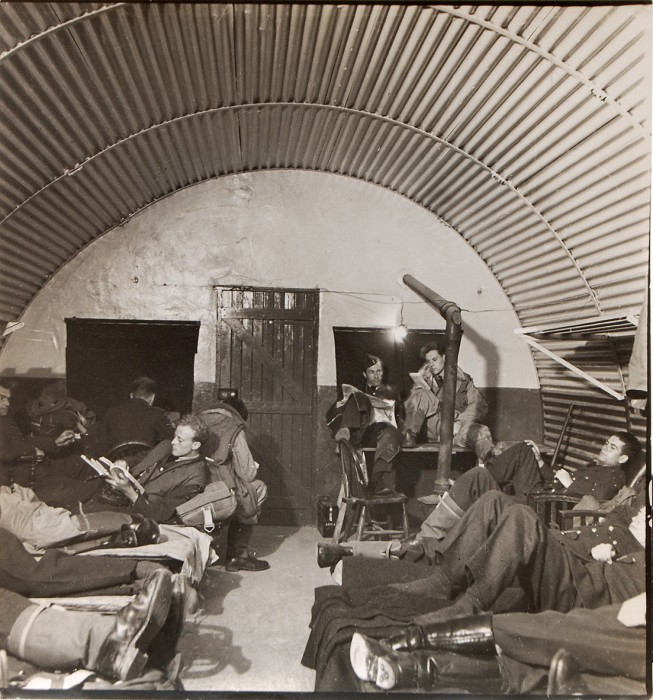
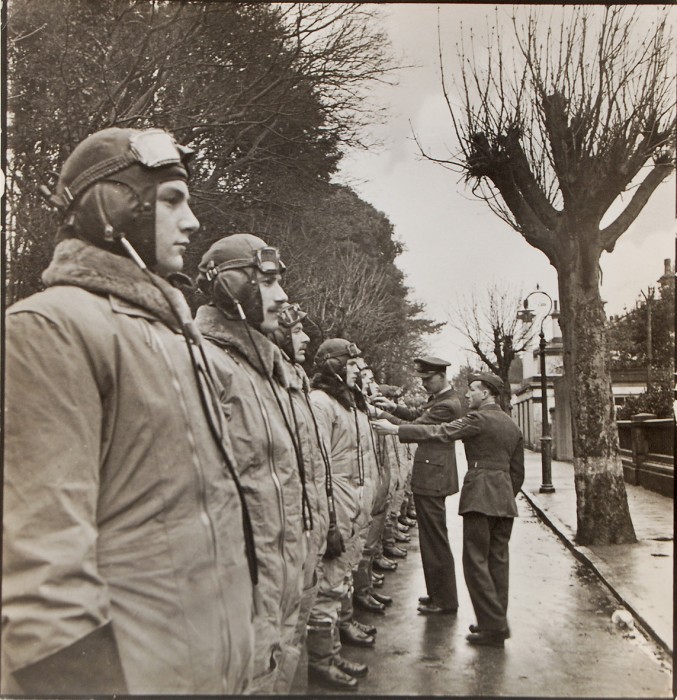
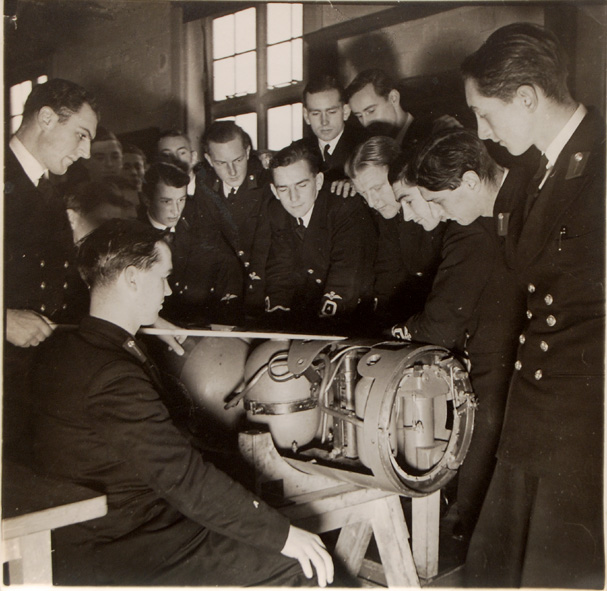
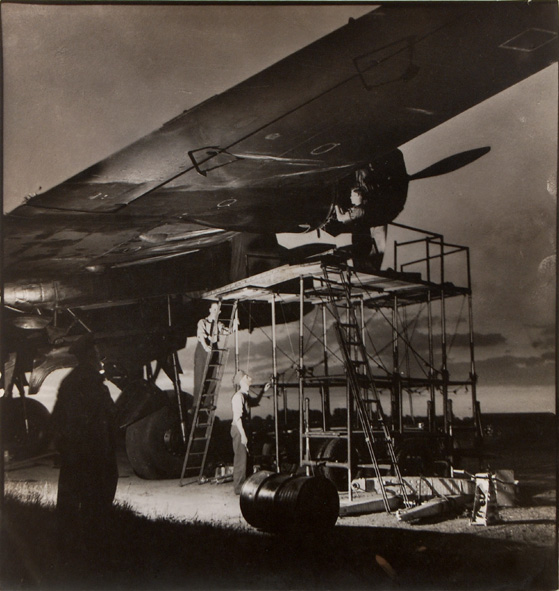
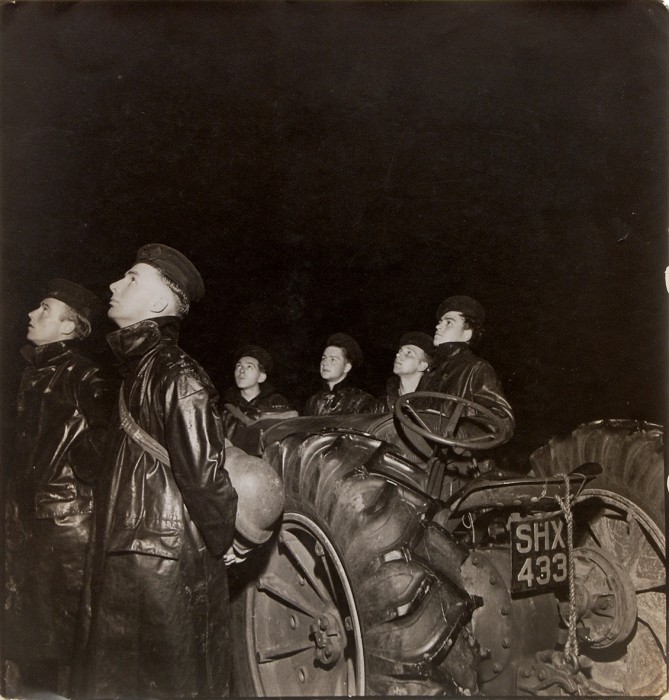
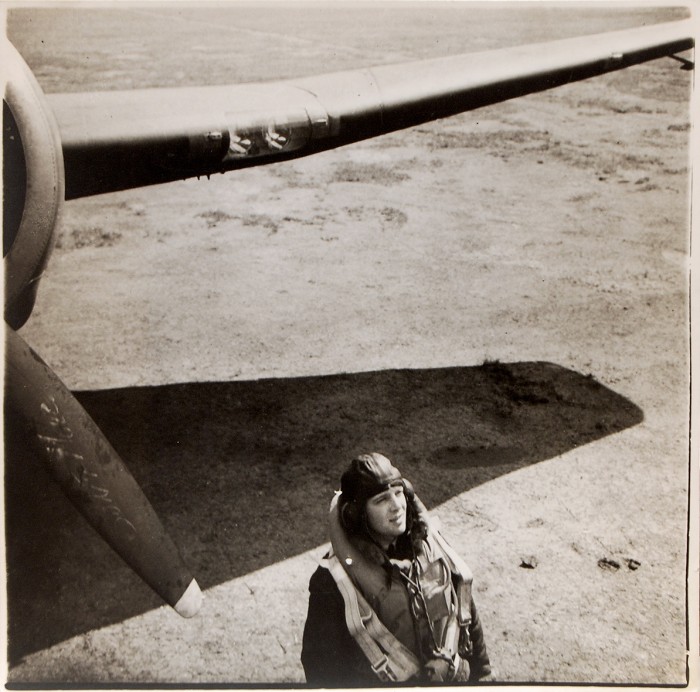
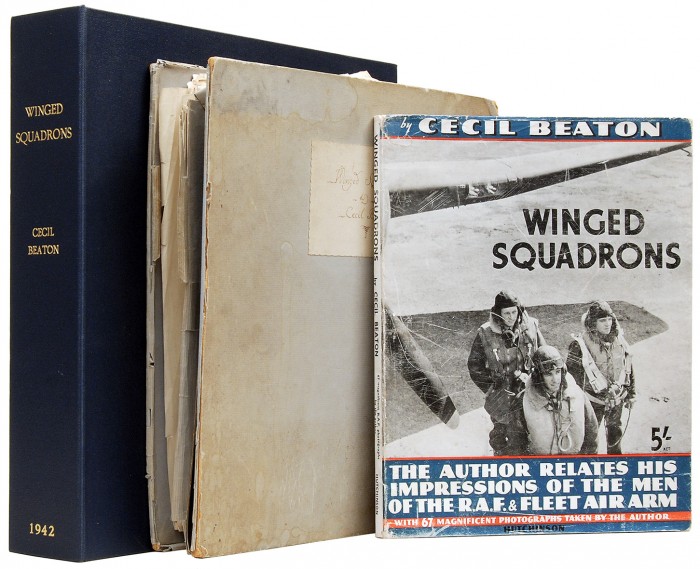
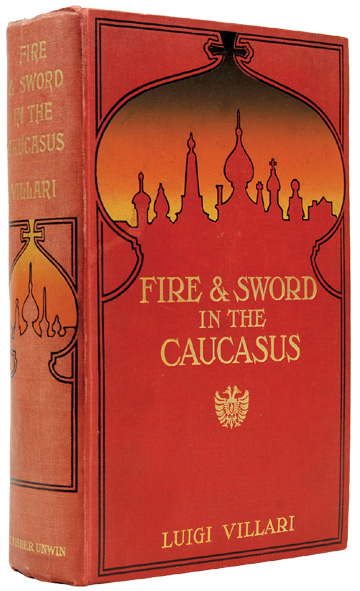 VILLARI, Luigi. Fire and Sword in the Caucasus. London: T. Fisher Unwin, 1906
Octavo. Original red pictorial cloth, title gilt to spine and upper board with “asiatic” silhouette skyline to both, top edge gilt, others uncut. Frontispiece and 63 other plates from photographs by the author. A touch sunned on the spine, light marginal foxing, but overall a very nice copy. £375
First and only edition.
VILLARI, Luigi. Fire and Sword in the Caucasus. London: T. Fisher Unwin, 1906
Octavo. Original red pictorial cloth, title gilt to spine and upper board with “asiatic” silhouette skyline to both, top edge gilt, others uncut. Frontispiece and 63 other plates from photographs by the author. A touch sunned on the spine, light marginal foxing, but overall a very nice copy. £375
First and only edition.
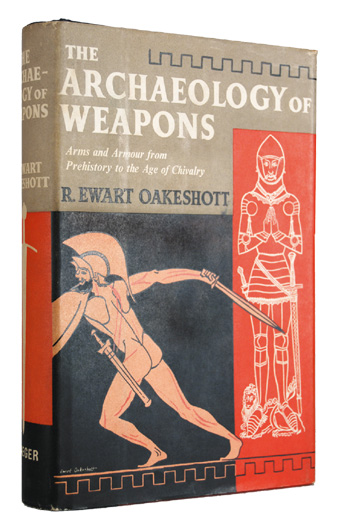 OAKESHOTT, Ronald Ewart. The Archaeology of Weapons. Arms and Armor from Prehistory to the Age of Chivalry. Frederick A. Praeger, New York, 1960
Octavo. 360pp. Frontispiece and 22 other plates, line-drawn illustrations to the text, maps to the endpapers. Very good in the original red and black cloth in slightly rubbed dust jacket, a little split on the fold of the front turn-in. £65
First US edition, same year as the first UK.
OAKESHOTT, Ronald Ewart. The Archaeology of Weapons. Arms and Armor from Prehistory to the Age of Chivalry. Frederick A. Praeger, New York, 1960
Octavo. 360pp. Frontispiece and 22 other plates, line-drawn illustrations to the text, maps to the endpapers. Very good in the original red and black cloth in slightly rubbed dust jacket, a little split on the fold of the front turn-in. £65
First US edition, same year as the first UK.
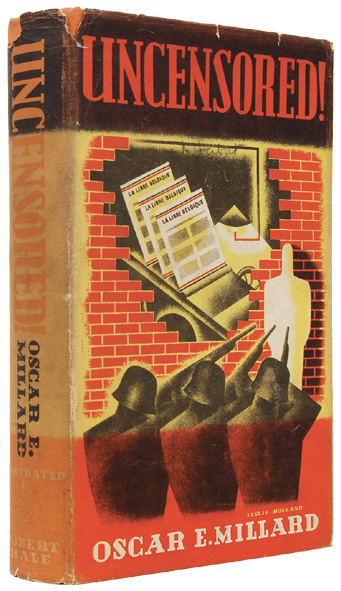 MILLARD, Oscar E. Uncensored. The True Story of the Clandestine Newspaper “La Libre Belgique” published in Brussels during the German Occupation. London, Robert Hale and Company,
Octavo, original orange cloth, title gilt to spine, orange top-stain. In the dust jacket. Portrait frontispiece and 15 other plates. Light toning, else very good in slightly rubbed and soiled jacket, a couple of chips at the top edge, some pencil annotations, but pictorially and textually complete. £150
First edition. A far from uncommon book, but genuinely scarce in the extremely stylish Leslie Holland jacket.
MILLARD, Oscar E. Uncensored. The True Story of the Clandestine Newspaper “La Libre Belgique” published in Brussels during the German Occupation. London, Robert Hale and Company,
Octavo, original orange cloth, title gilt to spine, orange top-stain. In the dust jacket. Portrait frontispiece and 15 other plates. Light toning, else very good in slightly rubbed and soiled jacket, a couple of chips at the top edge, some pencil annotations, but pictorially and textually complete. £150
First edition. A far from uncommon book, but genuinely scarce in the extremely stylish Leslie Holland jacket.
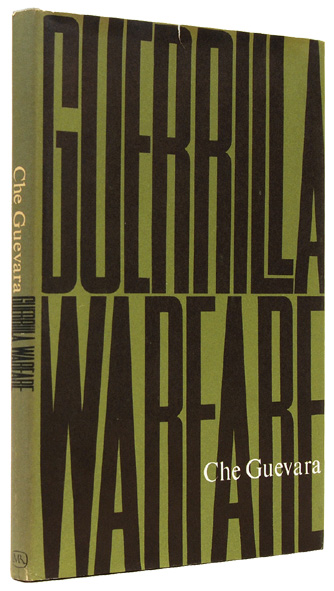 GUEVARA, “Che”. Guerrilla warfare. New York: Monthly Review Press, 1961
Octavo. Original grey cloth, title in black to spine. In the dust jacket. A very sharp copy in a slightly toned, unclipped, jacket. £85
First edition in English. Excellent copy of this influential text.
GUEVARA, “Che”. Guerrilla warfare. New York: Monthly Review Press, 1961
Octavo. Original grey cloth, title in black to spine. In the dust jacket. A very sharp copy in a slightly toned, unclipped, jacket. £85
First edition in English. Excellent copy of this influential text.
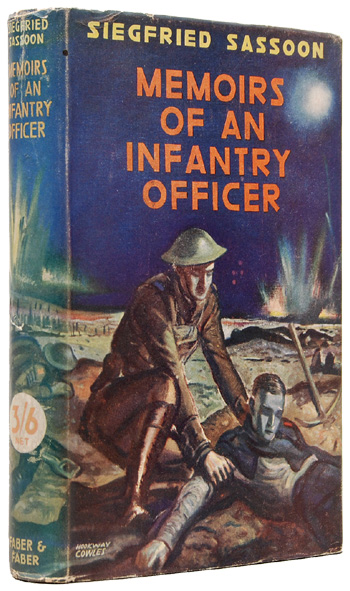 SASSOON, Siegfried. Memoirs of an Infantry Officer. By the Author of Memoirs of a Fox-Hunting Man. Fourth Impression. London, Faber & Faber Limited, 1930
Octavo, original mid-blue cloth, title gilt to spine. In the dust jacket. Cloth a little mottled, some light foxing particularly to the endpapers, else very good in a pictorial jacket, a little rubbed, a touch sunned at the spine and with a couple of minor blemishes, but complete and visually striking. £675
First edition, fourth impression, a month after the first.
SASSOON, Siegfried. Memoirs of an Infantry Officer. By the Author of Memoirs of a Fox-Hunting Man. Fourth Impression. London, Faber & Faber Limited, 1930
Octavo, original mid-blue cloth, title gilt to spine. In the dust jacket. Cloth a little mottled, some light foxing particularly to the endpapers, else very good in a pictorial jacket, a little rubbed, a touch sunned at the spine and with a couple of minor blemishes, but complete and visually striking. £675
First edition, fourth impression, a month after the first.
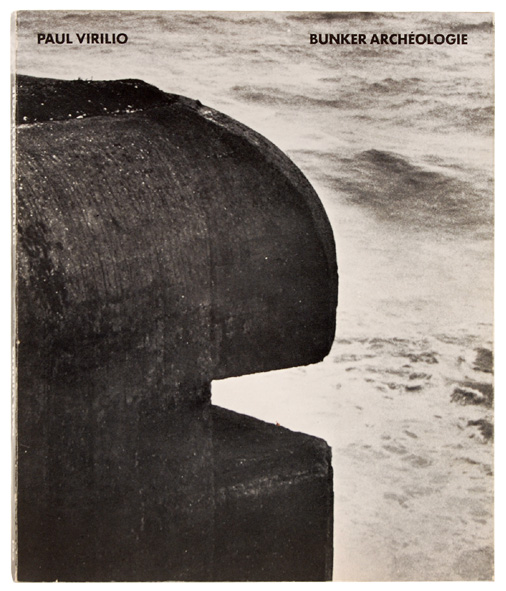 VIRILIO, Paul. Bunker Archéologie. Paris: Centre de Création Industrielle, Centre Georges Pompidou, 1975
Small square quarto. Original stiff card wraps with wide French-fold turn-ins. Profusely illustrated from Virilio‟s photographs Wraps very slightly yellowed at the edges, and just a touch chafed, particularly on the spine edges, but overall a very good copy. £400
First edition. Catalogue for the Exhibition of Virilio’s photographic studies of the bunkers around the Western and Northern coasts of France.
VIRILIO, Paul. Bunker Archéologie. Paris: Centre de Création Industrielle, Centre Georges Pompidou, 1975
Small square quarto. Original stiff card wraps with wide French-fold turn-ins. Profusely illustrated from Virilio‟s photographs Wraps very slightly yellowed at the edges, and just a touch chafed, particularly on the spine edges, but overall a very good copy. £400
First edition. Catalogue for the Exhibition of Virilio’s photographic studies of the bunkers around the Western and Northern coasts of France.
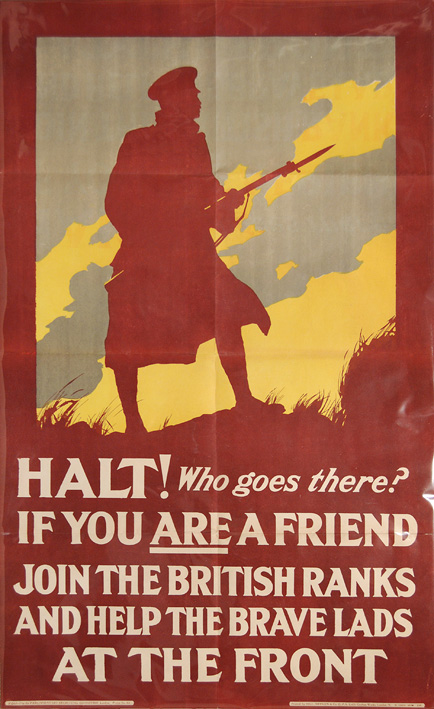 (FIRST WORLD WAR) Halt! Who goes there? London: Published by the Parliamentary Recruiting Committee… Poster No. 60. Printed by Hill, Siffken & Co. (L.P.A. Ltd.), Grafton Works, 1915
Three colour lithographic recruiting poster ( 1000 × 615 mm) Striking image of a sentry with bayonet fixed, silhouetted against a yellow sky streaked with grey clouds, figure and background in maroon, text in bold white letters. Light creases from old folds, some mild off-setting from where folded, but overall very good indeed. £300
Extremely well-preserved example.
(FIRST WORLD WAR) Halt! Who goes there? London: Published by the Parliamentary Recruiting Committee… Poster No. 60. Printed by Hill, Siffken & Co. (L.P.A. Ltd.), Grafton Works, 1915
Three colour lithographic recruiting poster ( 1000 × 615 mm) Striking image of a sentry with bayonet fixed, silhouetted against a yellow sky streaked with grey clouds, figure and background in maroon, text in bold white letters. Light creases from old folds, some mild off-setting from where folded, but overall very good indeed. £300
Extremely well-preserved example.
Recent Comments